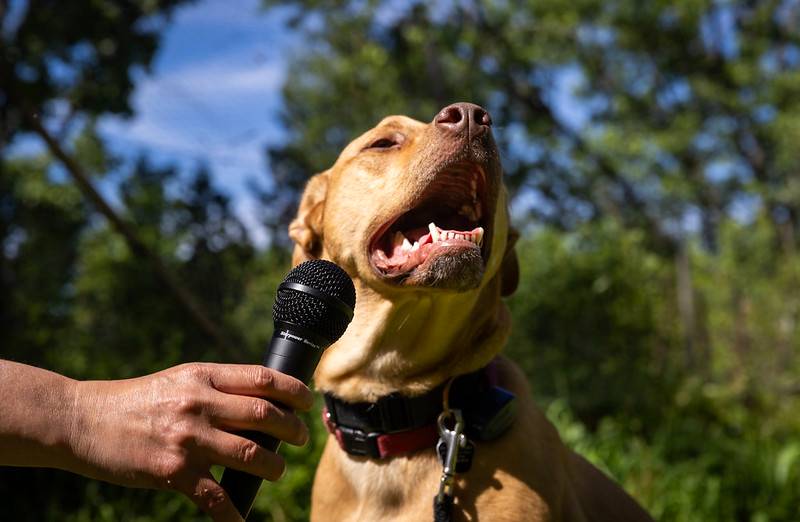For most dog owners, understanding what their furry friends are trying to say is a constant struggle. A bark could signal anything from a playful invitation to a warning of potential danger. But now, researchers at the University of Michigan are using artificial intelligence to bridge this communication gap between humans and their canine companions.
In a collaboration with Mexico’s National Institute of Astrophysics, Optics and Electronics (INAOE), the team found that AI models originally designed to analyze human speech can be adapted to interpret the nuances of dog vocalizations. The results, presented at the Joint International Conference on Computational Linguistics, Language Resources and Evaluation, demonstrate the potential for AI to revolutionize our understanding of animal communication.
Overcoming Data Scarcity
One of the main challenges in developing AI models for animal vocalizations is the lack of publicly available data. While there are plenty of resources for recording human speech, collecting similar data from animals is much more difficult. “Animal vocalizations are logistically much harder to solicit and record,” explained Artem Abzaliev, the study’s lead author and a doctoral student in computer science and engineering at U-M. “They must be passively recorded in the wild or, in the case of domestic pets, with the permission of owners.”
To overcome this obstacle, the researchers repurposed an existing model called Wav2Vec2, which was originally trained on human speech data. By leveraging the model’s ability to distinguish nuances in human speech, such as tone, pitch, and accent, they were able to generate representations of the acoustic data collected from dogs and interpret these representations.
Promising Results and Future Applications
Using a dataset of dog vocalizations recorded from 74 dogs of varying breed, age, and sex, the researchers found that Wav2Vec2 not only succeeded at four classification tasks but also outperformed other models trained specifically on dog bark data, with accuracy figures up to 70%. “This is the first time that techniques optimized for human speech have been built upon to help with the decoding of animal communication,” said Rada Mihalcea, the Janice M. Jenkins Collegiate Professor of Computer Science and Engineering and director of U-M’s AI Laboratory. “Our results show that the sounds and patterns derived from human speech can serve as a foundation for analyzing and understanding the acoustic patterns of other sounds, such as animal vocalizations.”
The implications of this research extend beyond satisfying the curiosity of dog owners. Understanding the nuances of dog vocalizations could greatly improve how humans interpret and respond to the emotional and physical needs of dogs, thereby enhancing their care and preventing potentially dangerous situations. Additionally, the study opens up new possibilities for biologists, animal behaviorists, and other researchers interested in deciphering animal communication.
As AI continues to advance, it may soon become an indispensable tool for unlocking the secrets of the animal kingdom and fostering a deeper connection between humans and their furry friends.
Towards Dog Bark Decoding: Leveraging Human Speech Processing for Automated Bark Classification


